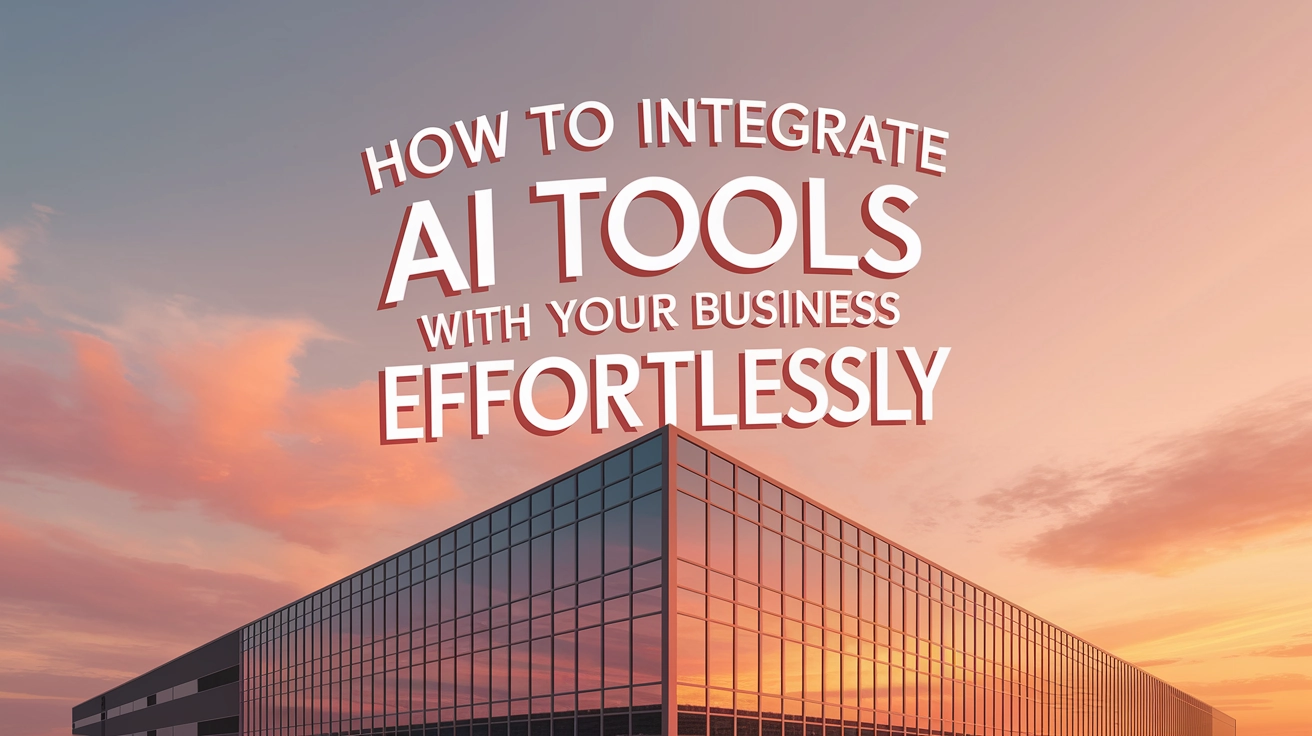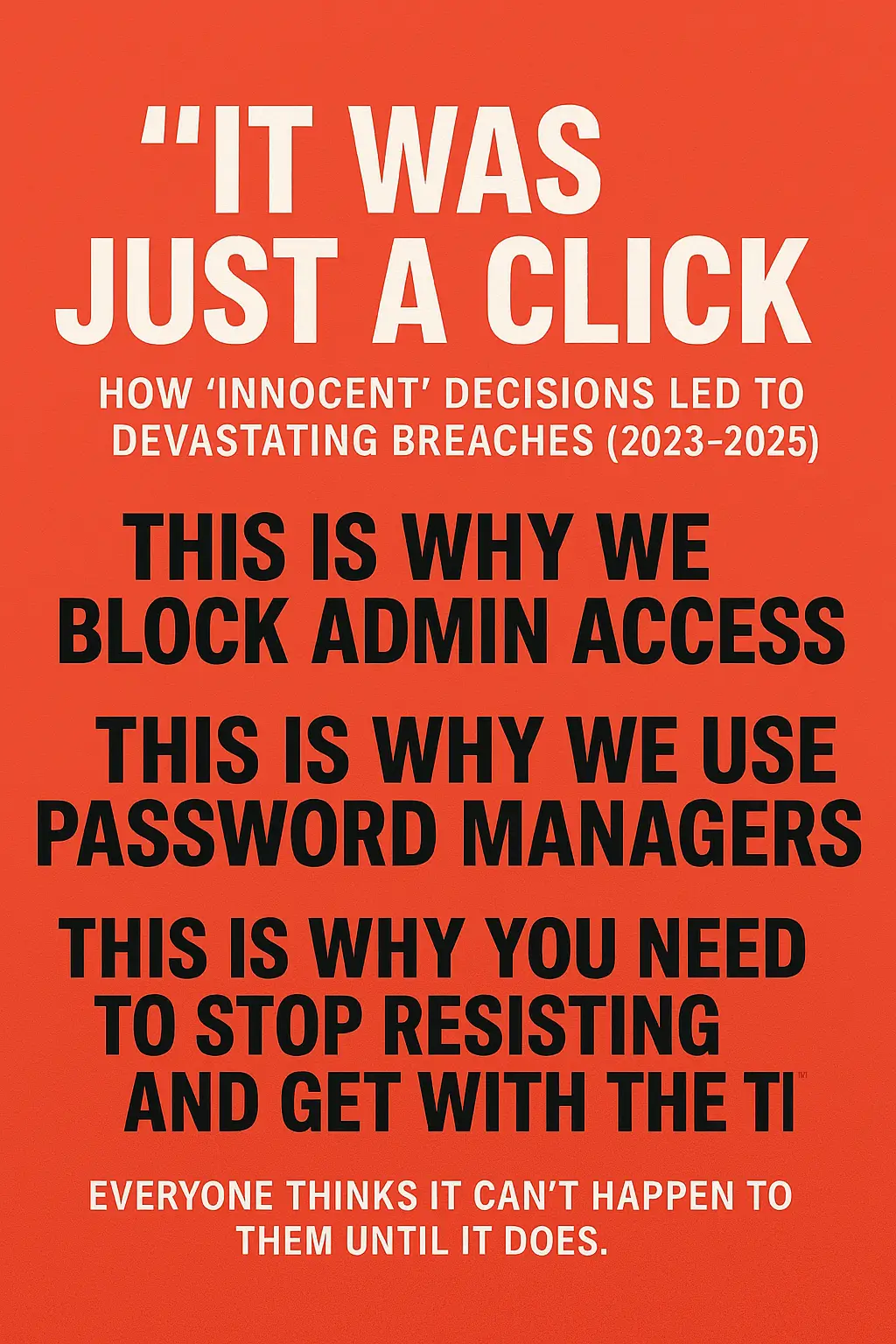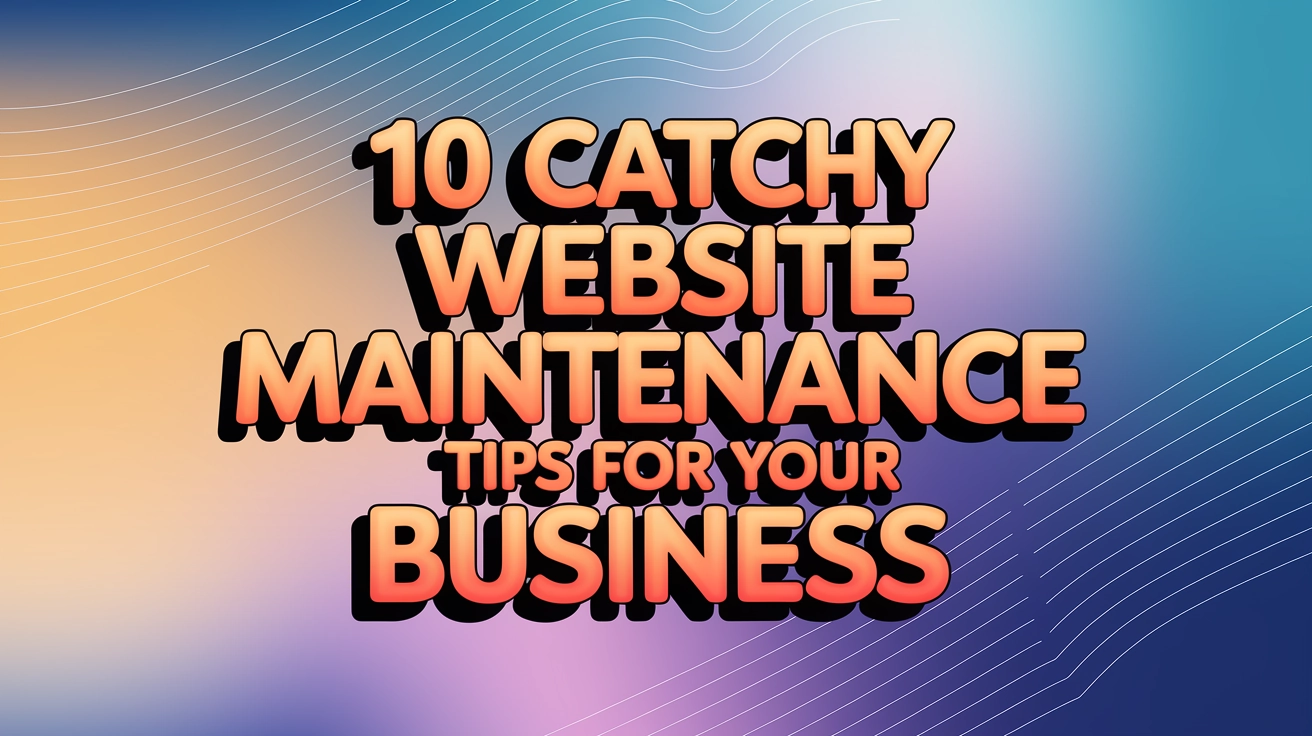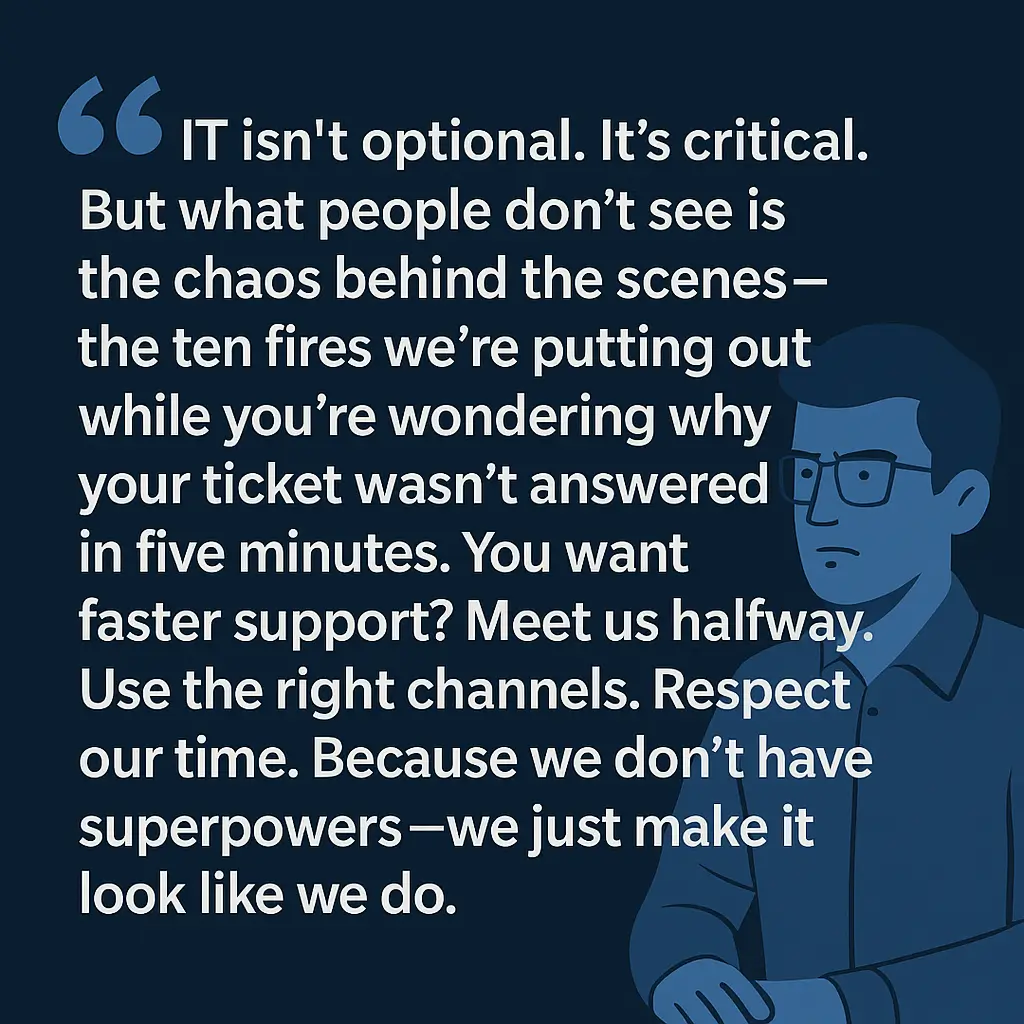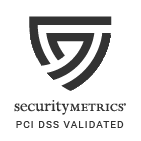Having reliable IT solutions isn’t just a luxury—it’s essential for survival and growth. When it comes to managing your company’s technology needs, you generally have two primary options: traditional IT support or managed services. While both approaches have their place, Managed Services Providers (MSPs) increasingly offer the comprehensive, strategic advantages that modern small businesses need to thrive in a competitive landscape.
This comprehensive guide will help you understand the key differences between these two approaches, their respective benefits and limitations, and why managed services often represent the superior choice for growing businesses.
Understanding IT Support: The Reactive Approach
Traditional IT support operates on what industry professionals often call a “break-fix” model. Simply put, when something breaks, you call for help, and they fix it.
Key Features of IT Support
- Issue-Based Assistance: Focus on resolving specific IT issues as they arise
- Ad-Hoc Engagement: Short-term, piecework engagements for immediate problems
- Technical Expertise: Specialists who address particular technical challenges
- As-Needed Involvement: Services provided only when requested
Pros of IT Support
- Pay-per-incident structure: Only pay when issues arise (though total costs can be unpredictable)
- Minimal upfront commitment: Ability to use different service providers as needed
- Technical expertise: Access to technicians for specific problems (though less comprehensive than MSP teams)
- Straightforward relationship: Basic problem-solving arrangement
Cons of IT Support
- Reactive nature: Problems must occur before they’re addressed, leading to costly downtime
- Unpredictable costs: Expenses can fluctuate wildly month-to-month, complicating budgeting
- Limited strategic value: Typically lacks long-term planning and optimization
- Response-time uncertainties: Help might not be immediately available when you need it most
- No preventative measures: Little to no focus on preventing future issues
- Knowledge gaps: Each new technician lacks historical understanding of your systems
- Scaling challenges: Becomes increasingly inefficient as your business grows
Understanding Managed Services: The Proactive Approach
Managed services represent a more holistic approach to IT management, where a provider (MSP) takes ongoing responsibility for monitoring, managing, and optimizing your IT environment – a comprehensive solution increasingly favored by forward-thinking small businesses.
Key Features of Managed Services
- Comprehensive Management: End-to-end oversight of your entire IT infrastructure
- Proactive Monitoring: Continuous system monitoring to identify and address issues before they cause problems
- Predictable Monthly Costs: Fixed fee structure regardless of service volume
- Strategic Planning: Long-term technology roadmapping aligned with business goals
- Regular Maintenance: Scheduled updates, patches, and system optimizations
- Vendor Management: Coordinated handling of all technology providers
- Compliance Support: Ensuring systems meet industry regulatory requirements
Pros of Managed Services
- Predictable budgeting: Fixed monthly fees make financial planning straightforward and reliable
- Reduced downtime: Proactive maintenance prevents many common issues before they impact operations
- Strategic partnership: MSPs align technology decisions with business objectives for sustainable growth
- Comprehensive expertise: Access to a diverse team with varied specializations across all IT domains
- Scalability: Services can expand seamlessly alongside your business growth
- Business continuity: Built-in disaster recovery and backup solutions
- Vendor consolidation: Single point of contact for all technology needs
- Improved security posture: Ongoing protection against evolving cyber threats
- Enhanced compliance: Maintaining regulatory standards appropriate to your industry
- Process simplification: Streamlining IT operations as your company scales
- Productivity gains: Less employee downtime translates to increased output
- Contract flexibility: Ability to adjust services as your business needs evolve
- Long-term cost efficiency: Preventing expensive emergencies and extending equipment lifespan
Investment Considerations for Managed Services
- Initial investment: Monthly retainers represent an investment in prevention rather than just repair
- Partnership commitment: Success relies on developing a strong, communicative relationship
- Service customization: Ensuring your service package aligns with your specific business needs
Key Differences Between IT Support and Managed Services
1. Reactivity vs. Proactivity
The fundamental difference between these two approaches lies in their timing and philosophy:
IT Support: Waits for problems to occur before taking action. While technicians may be skilled, they’re always responding after an issue has already impacted your business operations and productivity.
Managed Services: Works continuously to prevent problems from occurring. Through constant monitoring and maintenance, MSPs identify and resolve potential issues before they affect operations, maximizing your operational efficiency.
“The true cost of IT isn’t just in fixing what’s broken, but in the productivity and opportunities lost when systems fail. MSPs focus on preventing those losses altogether.”
2. Cost Structure and Predictability
The financial models of these approaches differ significantly:
IT Support: Typically charges hourly rates or per-incident fees. While this might seem cost-effective initially, costs can quickly become unpredictable and potentially overwhelming during major incidents. Many businesses find they’re actually spending more annually than they would with managed services.
Managed Services: Operates on a fixed monthly subscription model. This investment provides budget certainty and typically delivers superior long-term value when accounting for prevented downtime, extended equipment lifespan, and increased productivity. For growing businesses, the predictable cost model supports reliable financial planning.
3. Scope of Services
The breadth of what each service covers varies considerably:
IT Support:
- Troubleshooting specific issues
- Repairing or replacing hardware
- Resolving software problems
- One-time projects (e.g., server upgrades)
Managed Services:
- 24/7 infrastructure monitoring and alerting
- Comprehensive cybersecurity management
- Data backup and disaster recovery planning
- Cloud services management and optimization
- IT strategy and consulting for business growth
- User support and training programs
- Regular maintenance and proactive updates
- Technology procurement assistance
- Vendor relationship management
- Compliance oversight and documentation
- Network performance optimization
- Remote and on-site support options
- Virtual CIO services for strategic guidance
4. Business Relationship
How these services integrate with your business differs significantly:
IT Support: Represents a vendor relationship—you call when needed, they provide a service, and the interaction concludes until the next issue arises. This transactional relationship lacks continuity and strategic depth.
Managed Services: Functions as a true partnership, with ongoing communication, regular strategy meetings, and a deep understanding of your business needs and goals. This collaborative approach ensures IT alignment with your business objectives and provides a consistent point of contact who understands your systems intimately.
Why Managed Services Are Often the Superior Choice for Small Businesses
While traditional IT support may seem adequate for some situations, managed services provide distinct advantages that make them the preferred choice for most small businesses:
Strategic Value
- Business-first approach: MSPs align technology with business goals rather than just fixing technical issues
- Roadmapping: Long-term planning prevents technology obsolescence and supports growth
- Virtual CIO services: Access to executive-level IT guidance without the executive-level salary
- Competitive advantage: Leveraging technology advancements to outpace competitors
Operational Simplicity
- Single point of contact: One provider manages all aspects of your technology
- Streamlined processes: Standardized, documented procedures increase efficiency
- Reduced management burden: Less time spent coordinating multiple vendors
- Simplified scaling: Technology grows with your business without complex transitions
Risk Mitigation
- Proactive security: Continuous monitoring and updates to prevent breaches
- Compliance management: Ensuring adherence to industry regulations
- Business continuity: Comprehensive backup and disaster recovery solutions
- Vendor management: Ensuring your technology providers meet performance standards
Financial Benefits
- True cost savings: When accounting for prevented downtime, extended equipment life, and productivity gains, MSPs typically deliver superior ROI
- Predictable expenses: Fixed monthly costs facilitate accurate budgeting
- Reduced capital expenditures: Cloud solutions reduce large one-time purchases
- Flexibility in contracts: Ability to adjust service levels as business needs change
Comparison Table: IT Support vs. Managed Services
| Factor | IT Support | Managed Services |
|---|---|---|
| Response Model | Reactive (after problems occur) | Proactive (prevents problems) |
| Cost Structure | Per-incident or hourly | Fixed monthly subscription |
| Cost Predictability | Highly variable and unpredictable | Consistent and predictable |
| Long-term Value | Limited, focused on immediate fixes | High, prevents costly issues and extends equipment life |
| Service Timing | Business hours typically | Often 24/7/365 coverage |
| Maintenance | Minimal/upon request | Regular, scheduled, and comprehensive |
| Strategic Planning | Limited or none | Comprehensive roadmapping and business alignment |
| Vendor Relationships | Multiple providers to manage | Single point of contact for all technology needs |
| Relationship Type | Vendor (transactional) | Partner (ongoing strategic collaboration) |
| Contract Flexibility | Pay-as-you-go | Adaptable service levels as needs evolve |
| Scalability | Limited, requires new arrangements as you grow | Built-in ability to scale with your business |
| Ideal For | Occasional tech needs in very small operations | Growing businesses with technology dependence |
| Cybersecurity Approach | Response to breaches after they occur | Continuous protection and prevention |
| Compliance Support | Limited or reactive | Ongoing management and documentation |
| Business Impact | Can involve significant downtime and disruption | Minimizes disruptions and maintains productivity |
| Knowledge Retention | Limited understanding of your systems | Deep familiarity with your specific environment |
Making Your Decision: Key Questions to Ask
Before finalizing your IT support strategy, ask yourself:
- How critical is technology to your daily operations?
- Can your business function during system outages?
- What is the cost of an hour of downtime to your bottom line?
- What are your growth projections?
- Will your IT needs increase significantly in the near future?
- Do you need technology that can scale quickly without disruption?
- What are your security and compliance requirements?
- Does your industry have specific regulations regarding data security?
- What would be the financial and reputational impact of a security breach?
- What is your true IT cost calculation?
- Have you considered productivity losses from downtime?
- Are you accounting for premature equipment replacement costs?
- What is the value of strategic IT guidance for your business growth?
- What internal IT resources do you have?
- Do you have technical staff that can handle day-to-day issues?
- Would their time be better spent on strategic initiatives rather than troubleshooting?
The Evolving Landscape of IT Services
The distinction between traditional IT support and managed services continues to evolve as technology advances. Modern small businesses increasingly benefit from:
- Co-managed IT services: Partnerships between internal IT teams and external MSPs
- Industry-specific managed services: Specialized offerings with deep expertise in your sector
- AI-enhanced support: Using artificial intelligence to predict and prevent issues before they occur
- Cybersecurity-focused managed services: Dedicated to protecting against evolving threats
Modern solutions like those provided by Your Personal Ninja leverage AI-driven tools to detect and neutralize ransomware and phishing attacks before they can damage your business—combining responsive support with a comprehensive preventative approach that keeps your operations running smoothly.
Conclusion: Strategic IT Management for Business Success
The choice between IT support and managed services isn’t simply about addressing technical problems—it’s about strategically positioning your business for success in an increasingly digital world.
While traditional IT support provides basic assistance for specific technical challenges, managed services offer a more comprehensive, proactive approach to technology management that aligns with long-term business objectives and delivers superior value for most small businesses.
As companies grow, the predictability, prevention-focused approach, and strategic guidance of managed services become increasingly valuable—not just for keeping systems running, but for driving innovation and competitive advantage. The initial investment in managed services typically delivers significant returns through reduced downtime, enhanced productivity, and strategic technology alignment.
For businesses seeking both immediate support and long-term technology partnership, exploring customized managed service solutions designed for your specific industry and scale provides the optimal combination of protection, performance, and value.
Your Personal Ninja offers flexible MSP packages that grow with your business, providing the perfect balance of specialized expertise, proactive maintenance, and strategic planning to keep your operations running at peak efficiency.



